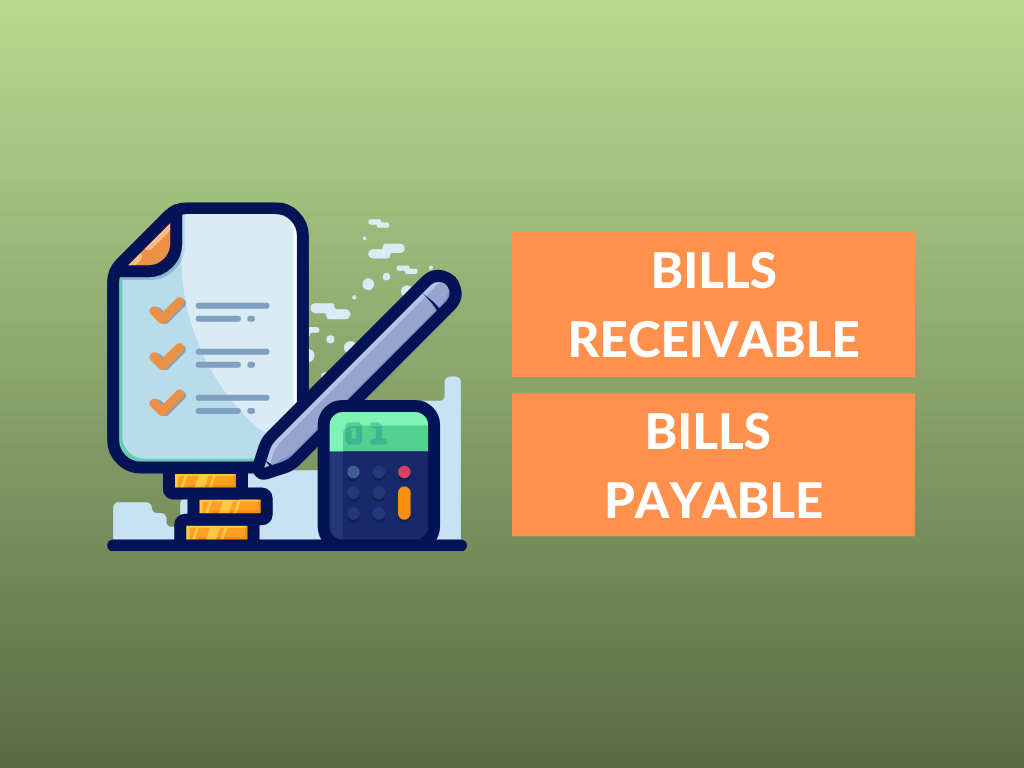In simple terms bills receivable are amount dues to the business and bills payable are amounts owed for goods or services received on credit under bills of exchange.
There is a very first primary difference for both the terms bills receivable and bills payable. They are exactly opposite terms and have differences between both bills receivable and bills payable.
Bills receivable and Bills payable:
Bills receivable and bills payable books are journals to record in a chronological order the details of bills receivable and bills payable. When a large number of bill transactions take place in an organization, it is convenient to maintain these books.
Wherein any transaction takes place, the same is entered in the daybooks in the first instance. The daybooks are used to post individual trade receivables and payables accounts. In addition, the totals of bills received or accepted are posted regularly to the accounts receivable and payable for bills, respectively.
You can use a bill receivable and a bill payable book to keep an eye on the status of unpaid invoices.
When there are many bills and these bills fall due on different dates, some of these bills may not be honored on maturity due to some reason or the other. These daybooks can be used to track down outstanding bills and determine the reasons for non-payment.
Bills receivable book (folio no.)
| Date of receipt | Voucher no. | Party from whom received | Acceptor | Date of bill | Due date | Place of payment | Amt. | LF. | Mode of disposal |
Bills payable book (folio no.)
| Date of acceptance | Drawer | Payee | Date of bill | Due date | Place of payment | Amt. | LF. | Mode of disposal |
Difference Between Bills receivable and Bills payable:
| Bills receivable | Bills payable |
|---|---|
| Meaning | |
| The amount expected to be received by the company for goods or services sold or rendered to the customer on credit. | The amount to be payable to the company for the goods or services bought from the suppliers on credit. |
| Status to the company | |
| Bills receivables are assets to the company | Bills payables are liabilities to the company |
| Represent | |
| Collection of money | Discharge of debt |
| Outcome of | |
| Credit sales | Credit purchases |
| Concept | |
| The amount owed by the entity towards debtors | The amount owed by the company towards creditors |
| Results in | |
| Inflow of cash | Outflow of cash |
Bottom line:
As a result of the preceding discussion, every coin has two sides in the same way: bills receivable and bills payable. If there are bills receivable for one company, there will almost certainly be bills payable for another. Both are necessary for a business’s survival and good operation. For effective working capital management, full control over bills receivable and bills payable should be in place.
Further related readings:





